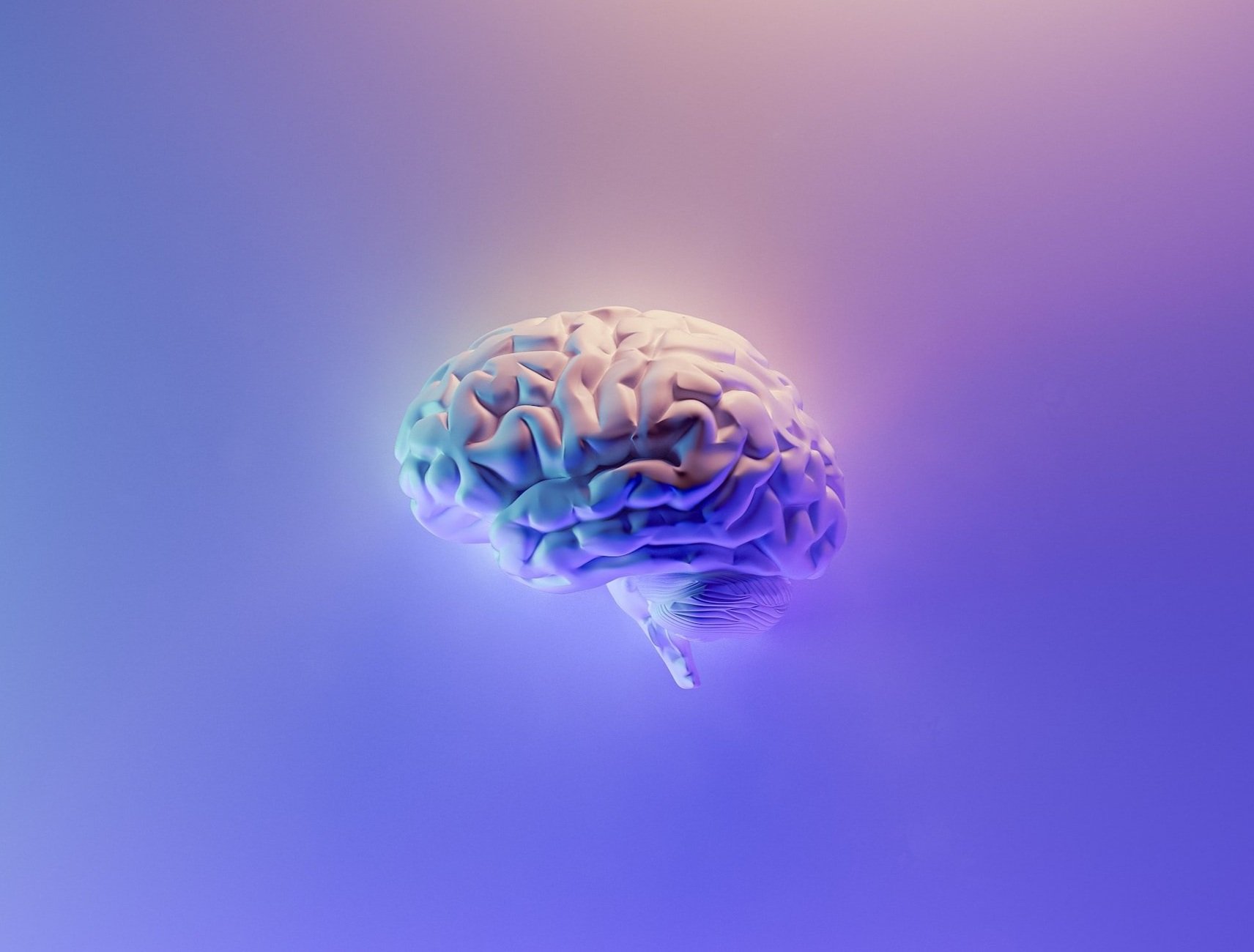The (Many) Things That Can Cause Dizziness & What To Do About It
Written by Jessica Klain, PT, DPT and originally posted on www.physioyogaandwellness.com
Many adjectives can be used to describe dizziness: spinning, off-balance, falling, tipping, head pressure, vertigo, disequilibrium, wooziness, lightheadedness, headache, blurred vision, unsteadiness, etc. Often times the specific adjectives used to describe dizziness are related to the root cause of the dizziness. A trained medical provider can start getting to the bottom of your symptoms with an in-depth description of your specific dizzy feelings followed by special tests to determine a specific diagnosis. Arriving at a diagnosis can lead to a more efficient and effective treatment plan to reduce your dizziness and help you get back to your best life.
VEDA is a comprehensive site full of in-depth helpful information on diagnosis, providers, treatments, and support groups.
The most common cause of dizziness is benign paroxysmal position vertigo (BPPV). The typical dizziness pattern for BPPV involves a spinning sensation that lasts 30-60 seconds with laying down and/or rolling over. You may feel your eyes "jumping" and feel nauseous in addition to the spinning feeling. BPPV is caused by dislodged crystals in the inner ear that over-stimulate parts of the inner ear causing dizziness, spinning, or vertigo sensation. A physical therapist, audiologist, primary care physician, or emergency room doctor trained in canalith repositioning techniques can easily and quickly treat BPPV.
The second most common cause of dizziness I see as a physical therapist in Denver, CO is due to whiplash. The most common adjectives used are "lightheadedness" or a "heavy head" feeling that gets worse as the day goes on. For people that have been in car accidents, or knowingly hit their head, whiplash is on their radar. But you can experience whiplash even without directly hitting your head. Whiplash can also occur if you are suddenly jarred by a door hitting your body or if you are suddenly shoved. Common treatment involves joint mobilization, soft tissue and myofascial release, and postural stabilization exercises by a trained physical therapist, chiropractor, and/or massage therapist.
Orthostatic hypotension can cause dizziness when moving into positions too quickly, specifically when moving into standing from a laying down or sitting position. Dizziness is caused by a momentary decrease in blood flow to the brain due to quick motion and inability for the blood vessels to respond appropriately. It is important to consider baseline blood pressure, medication, and use of Valsalva maneuver (aka "bearing down") as contributing factors to orthostatic hypotension. Treatment may involve addressing underlying causes of blood pressure changes via diet or medication and/or can involve habit changes such as moving slower and breathing out as you move.
Inner ear dysfunctions (aka vestibular dysfunctions) such as Meniere's, labyrinthine concussion, labyrinthitis, and vestibular neuritis present with symptom patterns that are specific to the right or left ear, movement patterns, and compensation patterns. The most common symptom complaints of vestibular dysfunctions include dizziness with movement, feeling unsteady, disequilibrium, and wooziness. Blurred and double vision are additional symptoms that are caused by poor communication of the inner ear with the visual processing system. Vestibular disorders are complex and usually require a team of trained specialists to address the variety of symptoms. This team may involve a vestibular physical therapist, audiologist, neuro-optometrist, neurologist, and a primary care physician. Treatment typically involves habituation (repetitive movement) exercises, adaptation exercises, and visual processing retraining. In certain instances, medication can be used to help address underlying causes.
Central dysfunctions that can cause dizziness include Vestibular Migraines, concussion, and acoustic neuromas. Each of these ailments present very differently and treatments are vary tremendously. Medications are commonly used to treat vestibular migraines in addition to activity modification to reduce triggers. Concussions require personalized treatment plans and may include aerobic exercise, strength training, balance training, cervical spine treatment, posture training, visual processing exercises, and cognitive training. Acoustic neuromas require monitoring by a specialized surgeon to determine if surgical removal is necessary. Other causes of central vestibular dysfunctions include Parkinson's, Multiple Sclerosis, stroke, and age related dizziness.
Dizziness is common, but all dizziness is not the same. It is important to understand what is causing your dizziness to be able to determine what can be done to improve it.
To schedule an in-person visit in Denver or a virtual visit nationwide visit: https://www.physioyogaandwellness.com/book-online
For questions, email me directly: Jessica@physioyogaandwellness.com



